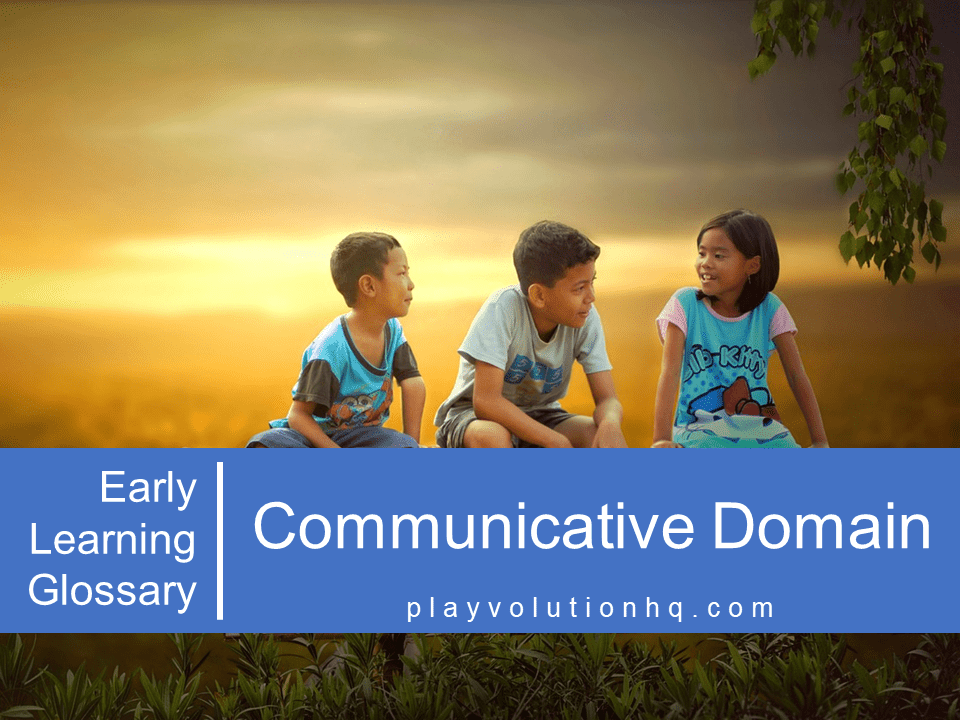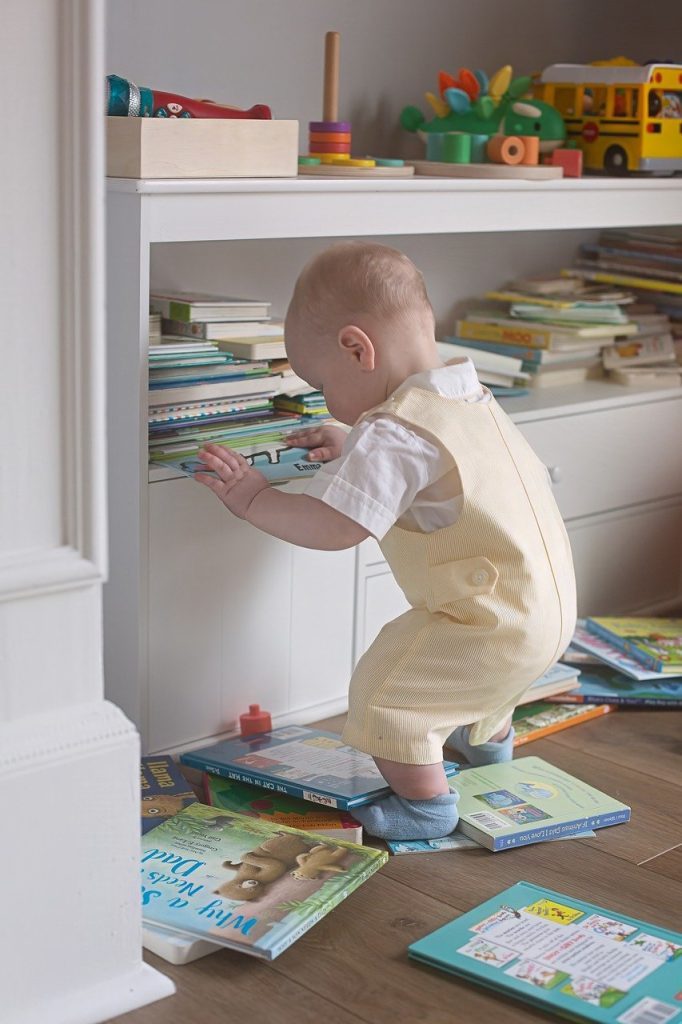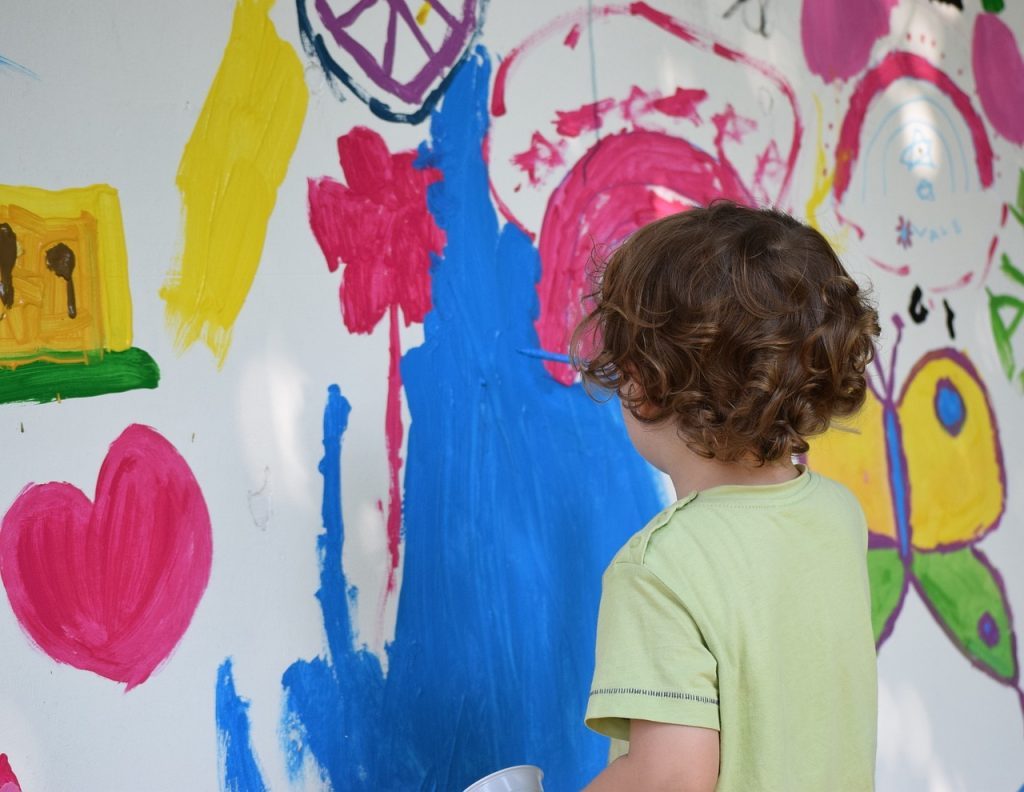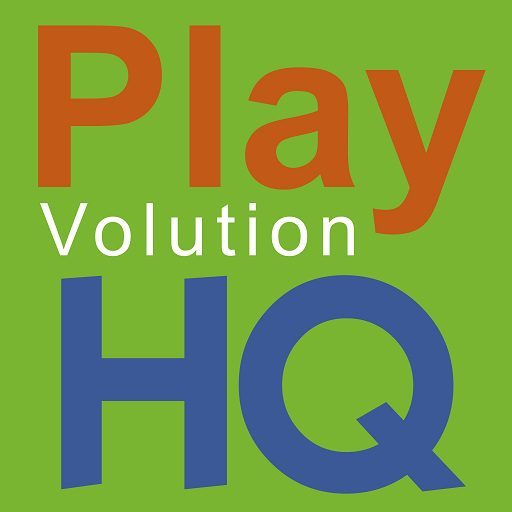
Table of Contents
The communicative domain refers to the range of skills and abilities associated with language and communication, encompassing both receptive language (understanding language) and expressive language (using language). It includes written, spoken, and signed language as well as gestures, facial expressions, body language, and eye contact, all crucial in conveying meaning and understanding social interactions. This domain is essential for forming relationships, expressing needs and emotions, and participating in social interactions.
Key Components Of The Communicative Domain
The following four areas make up the communicative domain:
- Language Comprehension–This involves a child’s ability to understand language, including vocabulary, grammar, and the subtle influence of body language on spoken communication.
- Language Expression–This refers to the ability to express thoughts, describe feelings, ask questions, make requests, share information, and convey ideas via speech, writing, or gestures.
- Social Communication–This component focuses on how children use language to interact socially. It includes turn-taking in conversations, maintaining eye contact, understanding social cues (like tone of voice and facial expressions), and using appropriate language in different contexts (e.g., talking to adults versus peers).
- Pragmatic Skills–This refers to the social rules of communication, such as taking turns in conversation, using polite language (like “please” and “thank you”), and adapting language based on the listener’s needs or knowledge level. Strong pragmatic skills are crucial for successful communication in various social settings.

Developmental Milestones In The Communicative Domain
Here’s a quick glance at some milestones in the development of the communicative domain:
- Infancy (0-12 months)–Babies begin communicating through crying, cooing, and babbling. They start to recognize familiar voices and sounds.
- Toddlerhood (1-3 years)–Vocabulary expands rapidly. Toddlers start combining words into simple sentences and using gestures and words to make requests and show preferences.
- Preschool (3-5 years)–Children’s language becomes more complex, with improved grammar and sentence structure. They engage in more extended conversations, tell stories, and ask questions to seek information. Children also hone early reading and writing skills.
- School Age (5+ years)–Language skills continue to develop, with increased proficiency in reading and writing. Children understand and use abstract language concepts and adapt their communication to different social contexts.
Supporting Communicative Domain Development
Here are ideas for supporting the development of communicative domain skills:
- Provide Encouragement And Feedback–Engage children in conversations, ask open-ended questions, and model appropriate language use. Acknowledge children’s communication efforts, offering gentle corrections and guidance when needed.
- Language-Rich Environments–Create language-rich environments that expose children to rich and varied communications. Such spaces are full of books, conversation, and writing tools.
- Play-Based Learning–Encourage participation in child-led play-based interactions with peers and near-peers. Children learn language skills through imitation and peer interaction, fostering social communication and language development.
- Storytelling And Narrative Skills Development—Encourage children to retell stories, create imaginative narratives, and sequence story events to promote storytelling and narrative skills. These activities enhance language comprehension, vocabulary, and expressive language abilities.
- Community-Based Language Experiences–Create opportunities for children to engage in community-based language experiences, such as visiting shops, museums, parks, and community events.
- Pay Attention To Non-Verbal Communication–Demonstrate non-verbal cues such as smiling, nodding, and making eye contact during interactions with children. Encourage children to mirror these behaviors to convey understanding and engagement. Help children to interpret non-verbal cues in others, such as understanding someone’s facial expressions or body language, and encourage them to respond appropriately based on these cues during social interactions.

Communicative Domain Wrap-Up
The communicative domain is filled with vital life skills. By nurturing these skills early on, we empower children to become confident communicators and lay a strong foundation for their overall success.
Contribute content to Playvolution HQ
Brought to you by Explorations Early Learning
Thoughts On This Entry?
I’d love to hear your thoughts on improving this entry and suggestions for additional glossary additions in the comments below. You can also contact me with comments or concerns.
Browse Trainings
Post Author
Jeff Johnson is an early learning trainer, podcaster, and author who founded Explorations Early Learning, Playvolution HQ, and Play Haven.


Leave a Reply